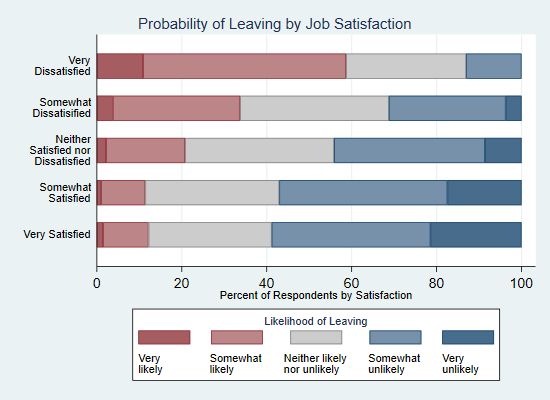

In such cases, try adding exclude0 to the list of options. Some graphs, such as bar charts, begin the y axis at 0 (zero) by default, and this cannot be overridden solely with ysc, even if zero is not the smallest value in the data.

If, say, the minimum value of y is 0, you may omit this value in ysc, mentioning only the upper value of 50 within the parenthesis. Will set the minimum of both axes to 0, the maximum of the x axis to 1 and the maximum of the y axis to 50. Note that you cannot restrict display of values to a smaller set of values than are present in the data all you can do is to expand the axes beyond the smallest and / or largest values. You can determine the range of the axes via xsc and ysc. The final subsection of this section gives some hints that refer to this case. For instance, a box-and-whisker plot showing the distribution of a variable for several groups is still considered a univariate graph hence you cannot use options that refer to the x axis. Whereas the former have an x and a y axis, the latter have only a y axis, even though they may sometimes "look like" twoway graphs. Prologue: Note that there is a difference between twoway graphs (the most common variety) and univariate (or oneway) graphs. Multiple Imputation: Analysis and Pooling Steps.Confidence Intervals with ci and centile.Changing the Look of Lines, Symbols etc.


 0 kommentar(er)
0 kommentar(er)
